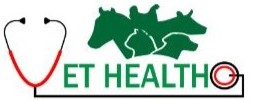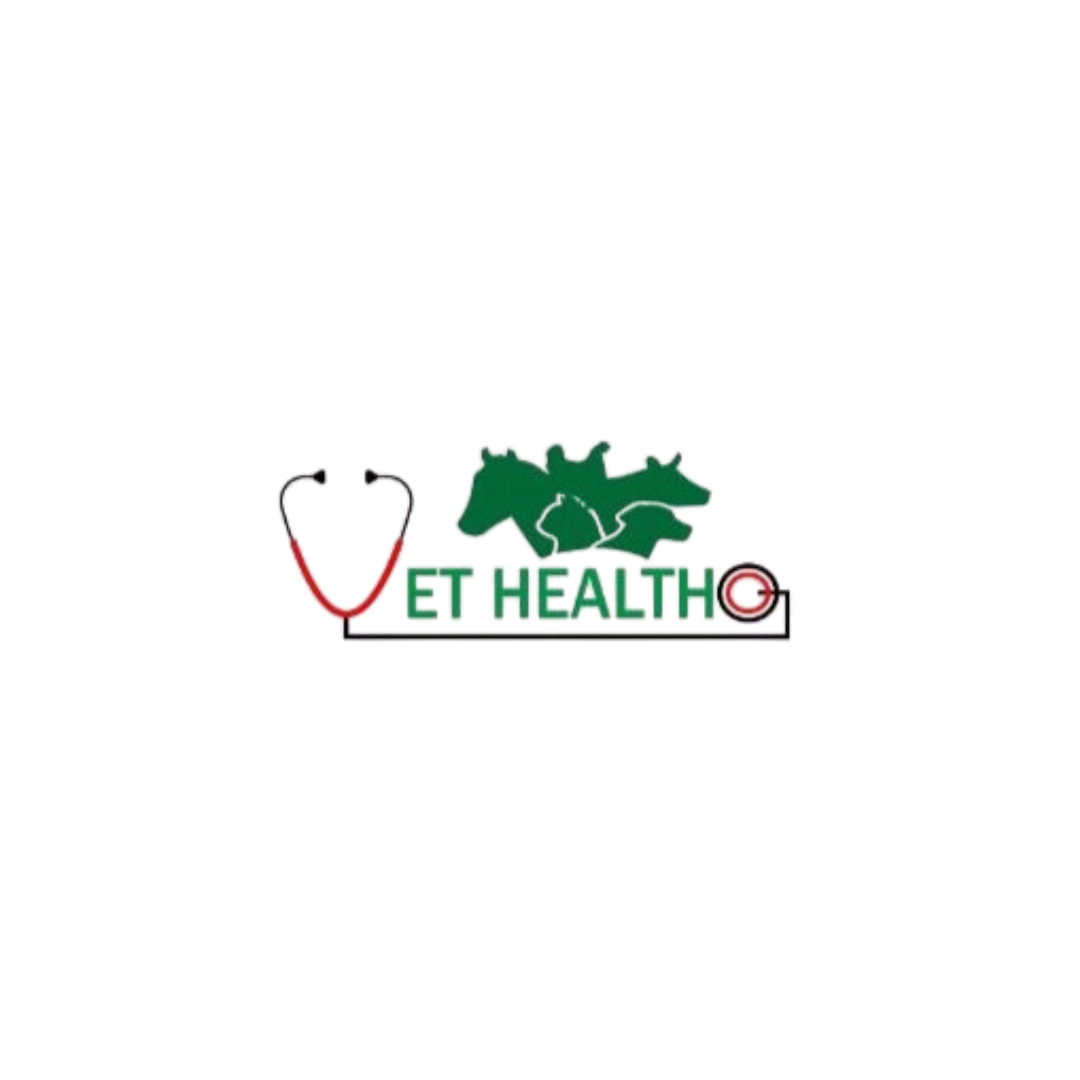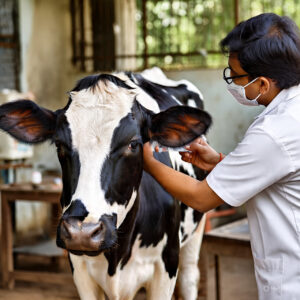“The importance of colostrum for calves begins immediately after birth. This nutrient-rich first milk provides immunity and strength.”
🍼 What is Colostrum?
Colostrum is the first milk produced by cows after giving birth.
It is rich in antibodies, proteins, and essential nutrients.
Calves need colostrum immediately after birth.
It provides passive immunity and energy to newborn calves.
🩺 Why Is Colostrum Essential?
Newborn calves are born with no antibodies.
Their immune systems are undeveloped at birth.
Colostrum transfers immunity from the mother to the calf.
It protects calves from diseases in their early days.
Calves that miss colostrum are more likely to fall ill.
⏱️ The Golden Time: Timing Matters: Importance of Colostrum Feeding in Calves
The first feeding should be within 2 hours of birth.
Absorption of antibodies is highest immediately after birth.
The ability to absorb decreases after 6 hours.
By 24 hours, calves can no longer absorb antibodies effectively.
Early feeding ensures maximum benefit from colostrum.
⚖️ How Much Colostrum Should Be Given?
Feed 10% of the calf’s body weight in the first 6 hours.
A 30 kg calf should get 3 liters of colostrum.
Divide the feeding into two sessions.
Use a clean bottle or nipple for feeding.
Ensure the calf swallows properly during feeding.
🔬Nutritional Components Supporting the Importance of Colostrum in Calves
Colostrum contains more than just antibodies.
It has protein, fat, lactose, vitamins, and minerals.
Immunoglobulin G (IgG) is the most crucial antibody.
High-quality colostrum has over 50 g/L of IgG.
It also contains leukocytes and growth factors.
🔍 Signs of Good Quality Colostrum
It is thick, yellowish, and creamy in texture.
The color is deeper than normal milk.
Use a colostrometer to test quality.
Specific gravity over 1.050 indicates high IgG content.
Avoid colostrum that looks watery or thin.
🚫 What Happens Without Colostrum?
Calves without colostrum lack immunity.
They are prone to scours, pneumonia, and joint infections.
Mortality rate increases in colostrum-deprived calves.
Growth rate slows and development suffers.
Vaccines are also less effective without early immunity.
🧪 Pasteurization and Storage of Colostrum
Colostrum can be pasteurized to reduce bacteria.
Heat it at 60°C for 60 minutes for best results.
Store it in a refrigerator for up to 7 days.
Freeze colostrum for long-term storage (up to 1 year).
Use sealed bags or bottles while storing.
🧊 How to Thaw Frozen Colostrum?
Do not microwave colostrum to thaw.
Use warm water (not boiling) for gentle thawing.
Shake well to restore uniform consistency.
Feed immediately after warming.
Avoid repeated freezing and thawing.
🧴 Methods of Feeding Colostrum
Bottle feeding is common and farmer-friendly.
Nipple bottles mimic natural sucking reflex.
Esophageal feeders are used if the calf can’t suck.
Always sanitize feeding tools before use.
Monitor for bloating or choking during feeding.
💡 Best Practices for Colostrum Management
Collect colostrum quickly after calving.
Avoid contamination by using clean buckets.
Label and date stored colostrum clearly.
Keep a colostrum bank on the farm.
Rotate stock to use oldest first.
📉 Common Mistakes in Colostrum Feeding
Feeding too late after birth is common.
Giving low-quality or diluted colostrum harms the calf.
Overheating during pasteurization destroys antibodies.
Using dirty tools causes infections.
Skipping the second feeding reduces antibody levels.
🧠 How the Importance of Colostrum for Calves Affects Adult Health Key Benefits Explaining the Importance of Colostrum for Calves
Calves that receive quality colostrum grow faster.
They reach breeding age sooner.
Milk yield in their first lactation is higher.
They have stronger bones and muscle development.
They are less likely to develop early metabolic diseases.
🧬 Passive Immunity vs Active Immunity
Colostrum provides passive immunity from birth.
Vaccines later help calves build active immunity.
Both types of immunity are necessary.
Colostrum bridges the gap until vaccines start working.
It lays the foundation for healthy development.
There doesn’t seem to be anything here. – Merck Veterinary Manual




